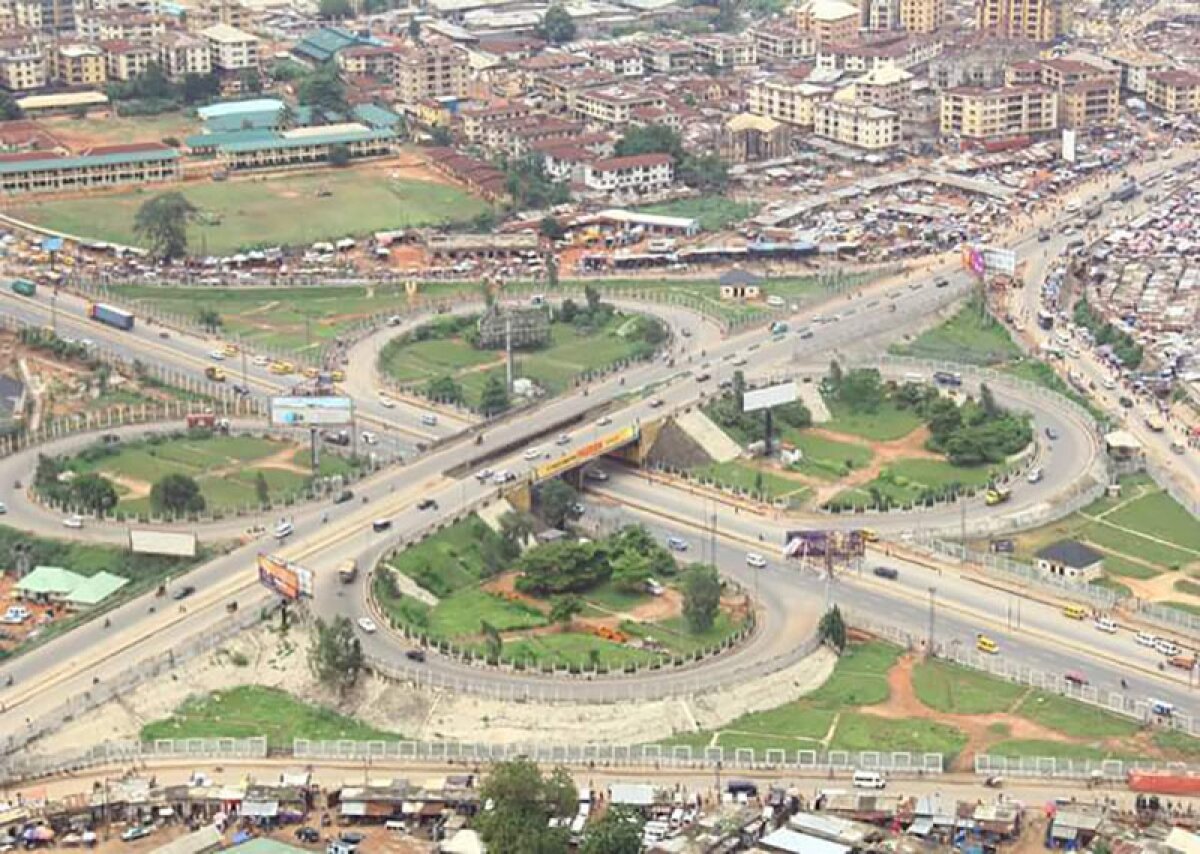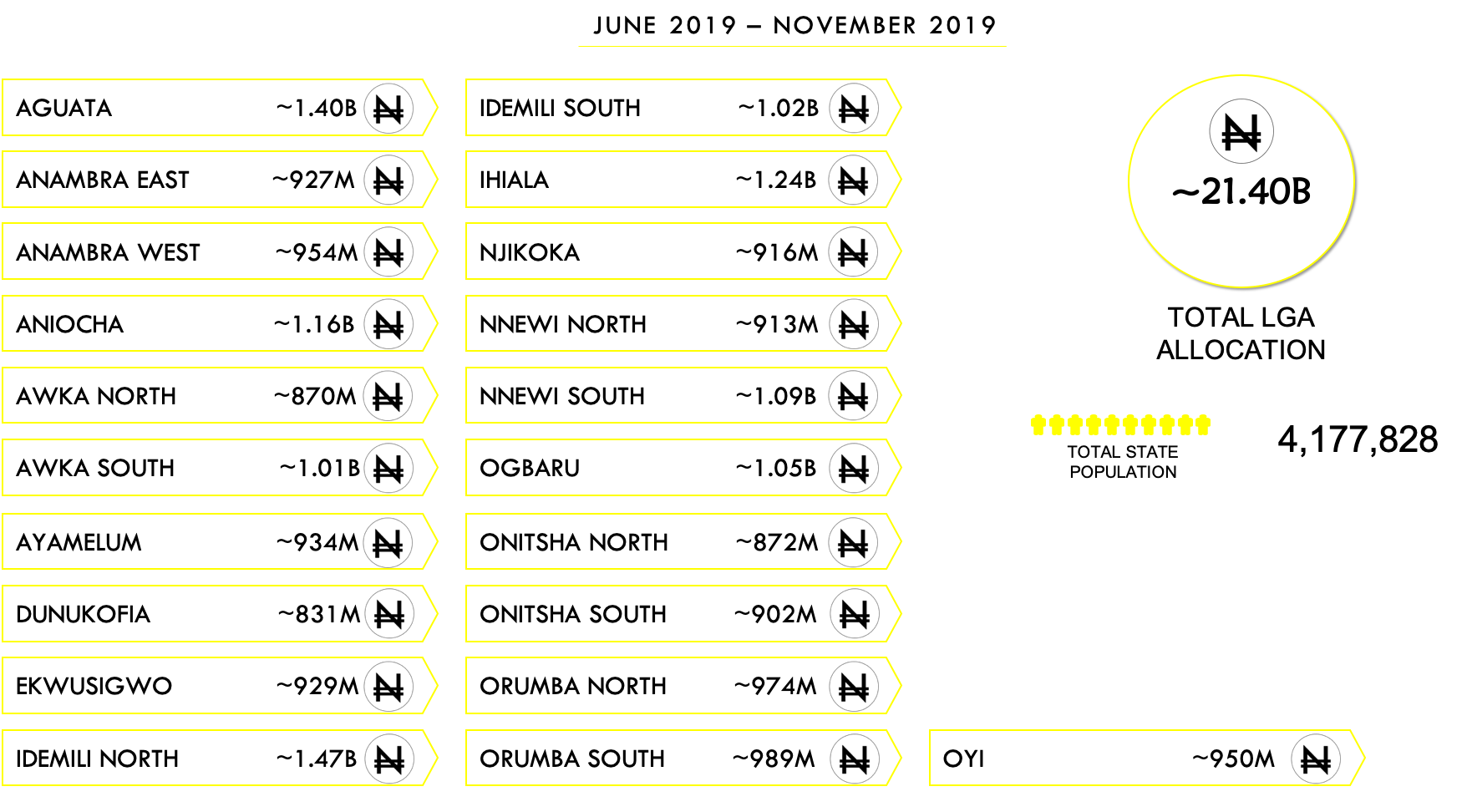
Anambra State
The name Anambra is an anglicized version of Omambala, a tributary river of the River Niger, from which the name of the people was culled from.
The Igbo Ukwu area in present Anambra State has a history that predates the 9th Century. Archaeological excavations of 1959/1960 and 1974 revealed hundreds of ritual vessels, regalia castings of bronze, burial chamber, shrines, and other terracotta and Ivory workings. It gives credence to the sophisticated ancient civilisation of the Nri Kingdom that ruled from c. 948 AD to 1911.
Onitsha was the window through which the British invaded and colonized Anambra. The Onitsha people having the first encounter with the British had the first contact with the British education and Christianity through the missionaries which were mostly from the Roman Catholic Congregation, which still reflects till date in the religious identity of the people.
While a major area of Anambra State did not have the Monarchical system of rule, the Onitsha and the area known as Asaba which is in close proximity share similarities in traditional institutions, with both having a high authority in the Igwe. It was through these traditional institutions that the British Indirect rule system thrived. Where there was no political authority, the Colonists created the Warrant Chief position, as was done in the rest of Igbo land.
The Old Anambra State was created in 1976 from part of East Central State, with Enugu as its Capital. After Enugu was made a State in 1991, Awka became its Capital. Anambra became a reorganized State with 21 local governments presently.
HISTORY
GEOGRAPHY
The Light of the Nation shares boundaries with Delta State to the west, Imo State and Rivers State to the south, Enugu State to the east and Kogi State to the north. The indigenous ethnic groups in Anambra state are the Igbo which constitute about 98% of the population and a 2% population of Igala in the north-western part of the State.
With a land surface area of 4,844km2, the second smallest in Nigeria and a thriving commercial hub, Anambra is the second most densely populated State in the country. The area has an estimated average density of 2,000–2,200 persons per square kilometre.
The State crude oil, natural gas, bauxite and ceramic as its major natural resources and an arable soil for crop cultivation.
The 2006 census put the population at 4,177,828, but a 2019 estimation by the Anambra State Government pinned the population at 10,800,000 people, taking the 8th most populous position in the country.
Anambra has diverse demographics with a larger young population due to its commercial and trade industry
DEMOGRAPHY
ECONOMY
The prehistoric times noted that the Igbo people were skilled farmers, traders, hunters and gatherers and craft workers. For the Onitsha people, they were skilled fishers, as people who stayed close to the river bank. The River Niger was not a trade inhibitor as canoes were made to facilitate long distant trading and migrations to every other part of Igboland and beyond. The Awka were notable craftsmen, especially in the field of blacksmithing. The Igbo people protected their trade secrets which served as their economic foothold. The Awka also practiced this trade secrecy, passing on this blacksmith technology to only family and clan descendants.
With colonialism creeping in by the late 1800s, although new commercial crops were introduced, much of the economic activities was not affected. The people now had quota to be remitted to the colonialists. The old traditional currencies such as manillas of brass, bronze and iron and cowries fought hard until after 50 colonial years, they finally became worthless, giving way to the British silver coins. With this, the currency revolution was sealed.
Onitsha was the centre for trade for the Igbo people and it played this role sufficiently after the Nigerian/Biafran war. The reconstruction of Igboland after the war was hinged on the trade and commercial activities. The Igbo apprenticeship system was amplified as a solution to the war-torn Igboland and Onitsha became a major hub for the apprenticeship model that is today regarded as the largest locally generated venture capital and business incubator in the world.
Today, Onitsha Main market is the biggest market in all of West Africa. The State also boasts of other over 60 major markets like Nkwo Nnewi, Eke Awka etcetera It also has the third commercial trade volume in the country, accounting for 35% of Nigeria’s merchandise trade.
The manufacturing and industrial sector which sees Ekwulobia and Nnewi leading in automobiles production like Innoson Vehicle Manufacturing and other machine parts and heavy industries are major contributors to the Anambra economy.
With the promise shown by the private sector, a more active and intentional government would deliver Anambra State top commercial centre in the world.
Other resources in the State include Natural gas, Crude oil, Bauxite, Kaolin, Salt, Gypsum, Lead, Lignite, Limestone, Oil palm, Corn, Rice, Yam, Cassava, Tomatoes, Fishing and Livestock.






